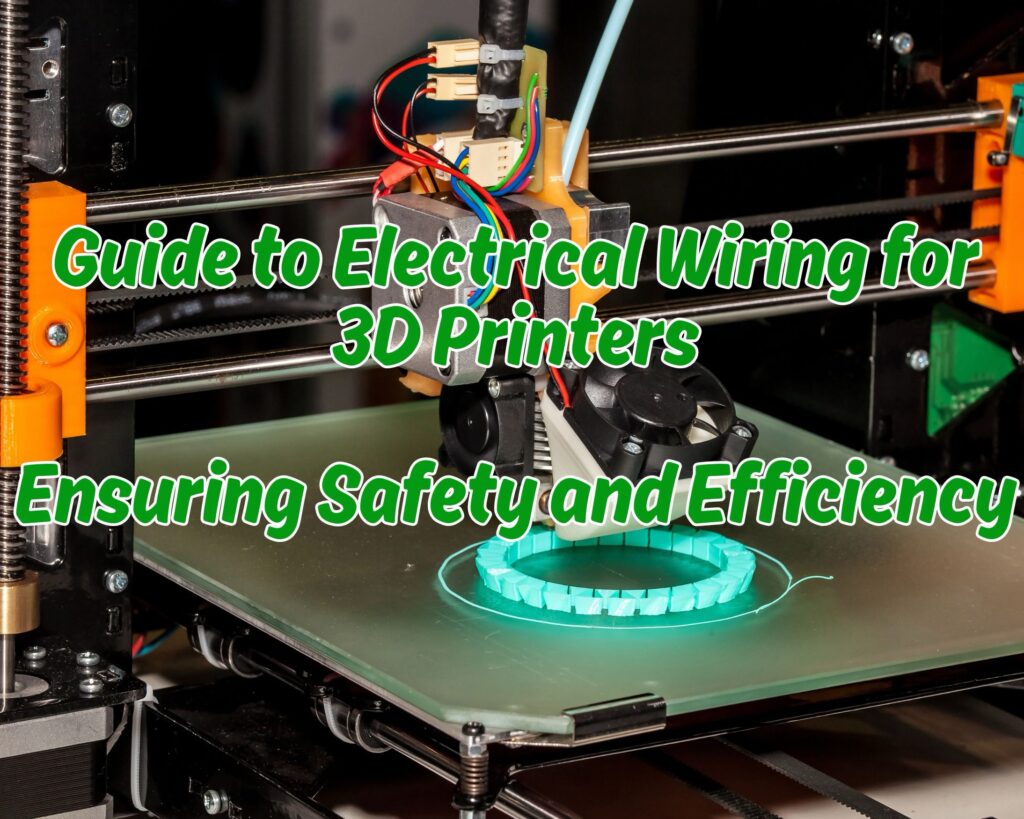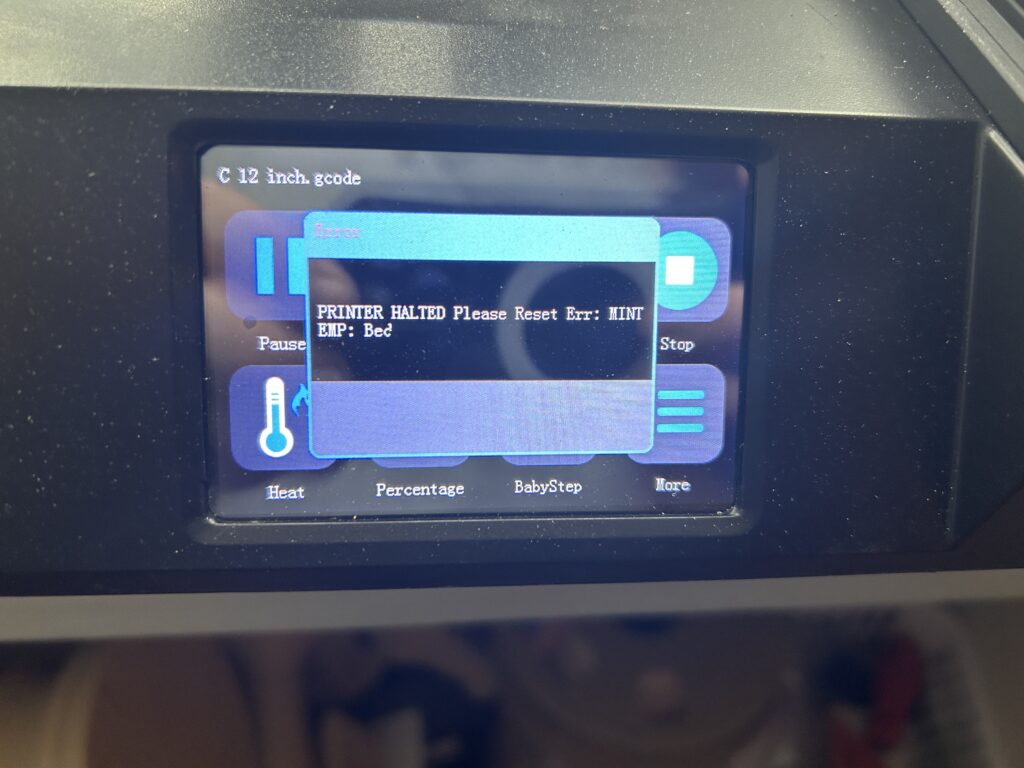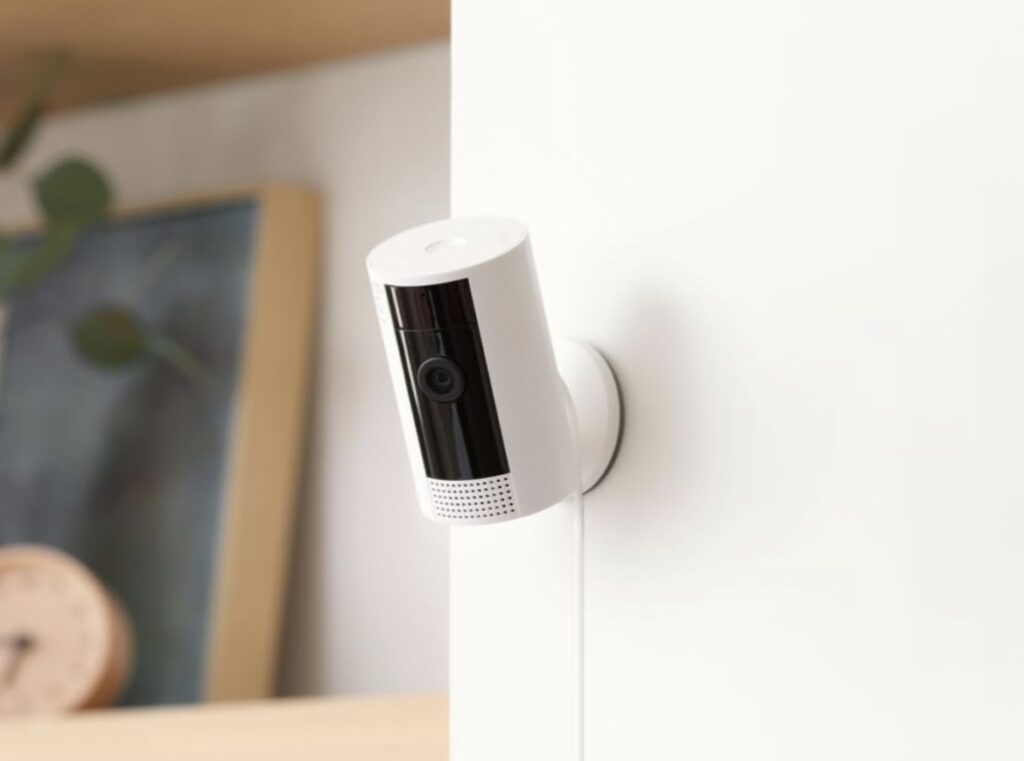Welcome to the World of 3D Printing and Electricity
Greetings, fellow 3D printing aficionado! As we embark on this journey together, it’s essential to recognize that the realm of 3D printing isn’t just about amazing designs and innovations; it’s also about understanding and managing the electrical demands these printers bring into our workshops and labs. In this detailed guide, we’ll delve deep into how to handle the amp draw of printers, particularly those with heated beds, and how to wire them efficiently to a new sub panel. By understanding electrical load, wire gauge selection, and the logistics of running multiple printers on a single circuit, you’ll be well on your way to a safe and efficient 3D printing setup.

The Heart of Your Electrical Setup: Panels and Circuit Breakers
Imagine your workshop’s electrical panel as the central command center, distributing electricity through various circuits, each guarded by its own circuit breaker. The role of these breakers is to act as vigilant guardians, preventing overloads and cutting off power when the current goes beyond safe levels. For your 3D printing setup, picking the right circuit breaker and understanding your panel’s load capacity is more than important – it’s essential for safety and functionality. This segment will enlighten you on selecting the right breaker for your 3D printers and the critical aspect of balancing the electrical load.
Decoding the Amp Draw of Your 3D Printers
How much power does a 3D printer really need? Well, a standard printer with a heated bed typically requires between 5 to 10 amps, but this can vary quite a bit depending on the make and model, and how intensely you’re running the heating element. In this section, we will explore the factors that affect the amp draw of 3D printers. You’ll learn how to evaluate your printer’s power needs accurately and calculate the total load if you’re planning to run multiple printers simultaneously – an essential step in planning your sub panel.
Selecting the Right Wire: A Crucial Decision
The right choice of wire gauge is a critical decision for electrical safety and efficiency. For the majority of home or small-scale commercial 3D printing setups, 12-gauge wire comes highly recommended. It’s capable of handling the amperage draw of standard 3D printers without overheating, ensuring a consistent and safe power supply. In this part, we’ll dig into the importance of choosing the right gauge, the risks of using undersized wiring, and provide guidelines for safe wire installation in your 3D printing setup.
How Many Printers per 20-Amp Breaker? Calculating for Safety
To maintain electrical safety and prevent circuit overloads, it’s generally advised to use only up to 80% of a circuit breaker’s capacity. On a 20-amp breaker, this translates to a safe load of about 16 amps. Considering a single 3D printer can draw up to 10 amps, running two printers on one breaker might be pushing the limits, especially if there are other devices sharing the circuit. In this section, you’ll learn how to accurately calculate the number of printers that can be safely connected to a 20-amp breaker, while considering the overall electrical demands of your workshop.
DIY or Professional: Wiring Installation Tips for Your 3D Printers
Whether you’re a seasoned DIY enthusiast or planning to hire a professional, installing electrical wiring for 3D printers requires careful and methodical planning. This part of the article will guide you through the steps of safely wiring your 3D printers. We’ll cover the essentials of planning your circuit layout, emphasize the importance of proper grounding, and discuss the need for surge protection. These tips will ensure your 3D printing setup is not just functional, but also safe.
Addressing Common Queries About 3D Printer Wiring
- What’s the typical amp draw for a 3D printer with a heated bed? Usually between 5 to 10 amps, but check your specific model for accuracy.
- How many 3D printers can I run on a 20-amp breaker? Ideally one or two, but always consider other devices on the same circuit and adhere to the 80% load rule.
- Is 12-gauge wire suitable for 3D printer circuits? Yes, for most standard 3D printers, 12-gauge wire is appropriate and safe.
- What are the electrical code requirements for wiring 3D printers? Requirements vary by location, but generally, they involve using the correct wire gauge, ensuring proper grounding, and adhering to load capacity regulations. Consult local electrical codes and a professional for specific guidance.
- How can I enhance the electrical efficiency of my 3D printers? Utilize printers with energy-efficient features, properly size your circuits, and manage operation times to avoid simultaneous high-load periods.
Creating a Safe and Efficient 3D Printing Environment
Establishing a safe and efficient electrical system for your 3D printers is a critical step towards a seamless and reliable printing experience. The intricacies of amp draw, the significance of choosing the right wire gauge, and the adherence to electrical codes are vital aspects that cannot be overstated. With thoughtful planning and a commitment to safety standards, you can ensure that your foray into the world of 3D printing is as productive as it is safe.
Balancing Load Distribution in Multiple Printer Setups
When operating multiple 3D printers, balancing the load across different circuits is essential. Overloading a single circuit not only poses a safety hazard but also reduces the efficiency of your printers. This section will explore strategies for distributing the electrical load evenly, including the use of additional sub panels and dedicated circuits for high-demand printers.
The Significance of Voltage in 3D Printer Wiring
The voltage requirements for 3D printers must not be overlooked. In regions with different standard voltages, it’s important to ensure that your printer is compatible with your local voltage supply or that you have the necessary transformers or adapters in place. This part of the article will discuss the impact of voltage on 3D printer performance and safety considerations when dealing with different voltages.
Utilizing Uninterruptible Power Supplies (UPS) for 3D Printers
Power interruptions can be disastrous for 3D printing projects. Utilizing a UPS can save your prints from sudden power outages or fluctuations. Here, we will discuss the benefits of using a UPS, how to choose the right one for your printers, and the installation process.
Smart Wiring Solutions for Automated 3D Printing Workshops
Incorporating smart technology into your 3D printing workshop can greatly enhance efficiency and safety. This includes smart switches, IoT devices for monitoring power usage, and automated emergency shutoffs. This segment will provide insights into the latest smart wiring solutions and their benefits for a 3D printing setup.
Environmental Considerations and Energy Efficiency
As 3D printing technology becomes more widespread, its environmental impact becomes a crucial consideration. This section will offer advice on how to make your 3D printing setup more energy-efficient and environmentally friendly. Topics will include energy-efficient printers, sustainable practices in electricity usage, and tips on reducing your carbon footprint while 3D printing.
Legal and Insurance Aspects of 3D Printer Wiring
Understanding the legal and insurance implications of installing a new electrical setup for 3D printers is vital. This part of the article will cover the importance of complying with local regulations, how to ensure your setup is insurable, and what to consider in terms of liability and safety certifications.
Advanced Electrical Safety Features for 3D Printers
Safety is paramount in any electrical setup, especially when dealing with devices that generate heat, like 3D printers. We’ll explore advanced safety features such as ground fault circuit interrupters (GFCIs), arc-fault circuit interrupters (AFCIs), and other protective devices that can be integrated into your 3D printer’s electrical system.
Custom Wiring Solutions for Unique 3D Printing Applications
Some 3D printing applications may require custom wiring solutions, especially in industrial or specialized environments. This section will address the challenges and solutions for wiring in unique scenarios, including high-temperature printers, large-scale printers, and printers using exotic materials.
End-of-Article Summary
To conclude, this article has provided a comprehensive guide on the electrical aspects of setting up and safely operating 3D printers. From understanding the basics of amp draw and wire selection to exploring advanced topics like smart wiring and environmental considerations, this guide aims to equip you with the knowledge needed for a safe and efficient 3D printing experience.
Further Reading and Resources For more in-depth information, refer to electrical engineering texts, specialized 3D printing guides, and manufacturer specifications for your specific printers.
About the Author As an enthusiast and expert in electrical engineering with a specific focus on 3D printing technology, I bring a mix of technical knowledge and hands-on experience. My aim is to provide you, the reader, with thorough and reliable information to make your 3D printing journey a successful and safe one.
As an Amazon Associate we earn from qualifying purchases through some links in our articles.




